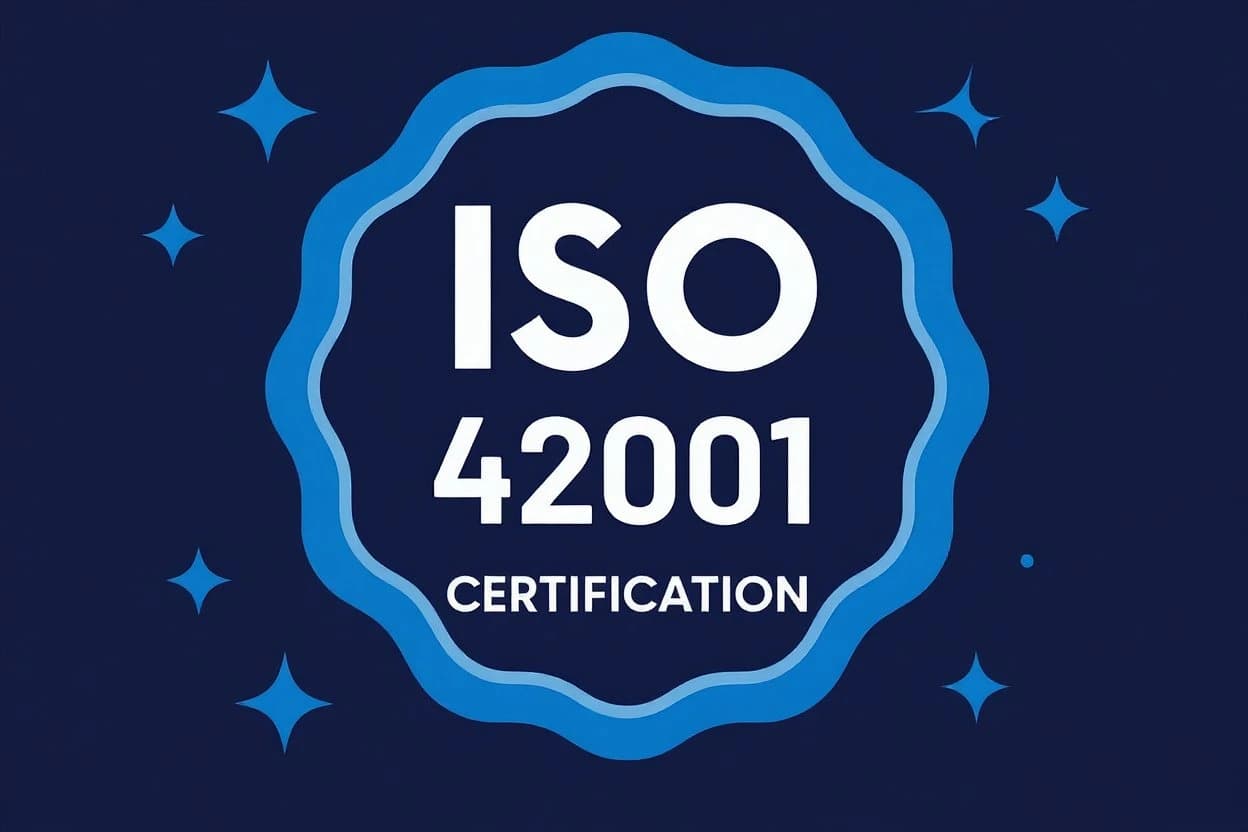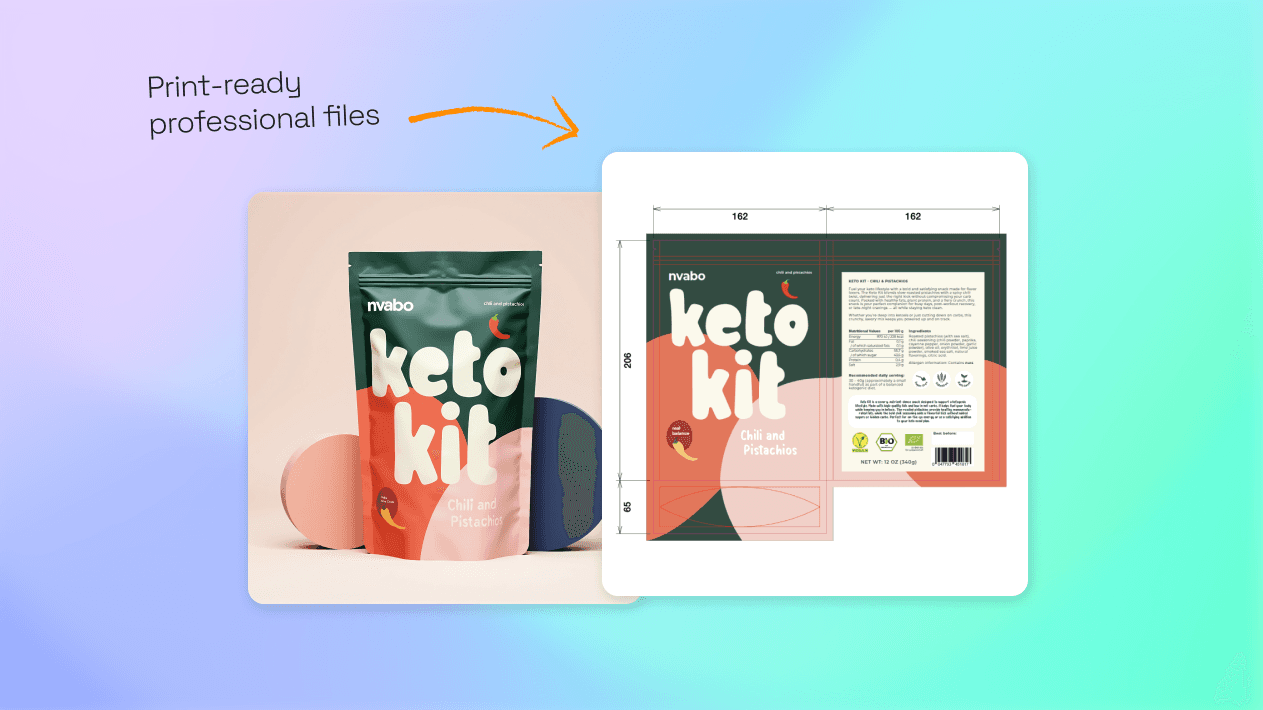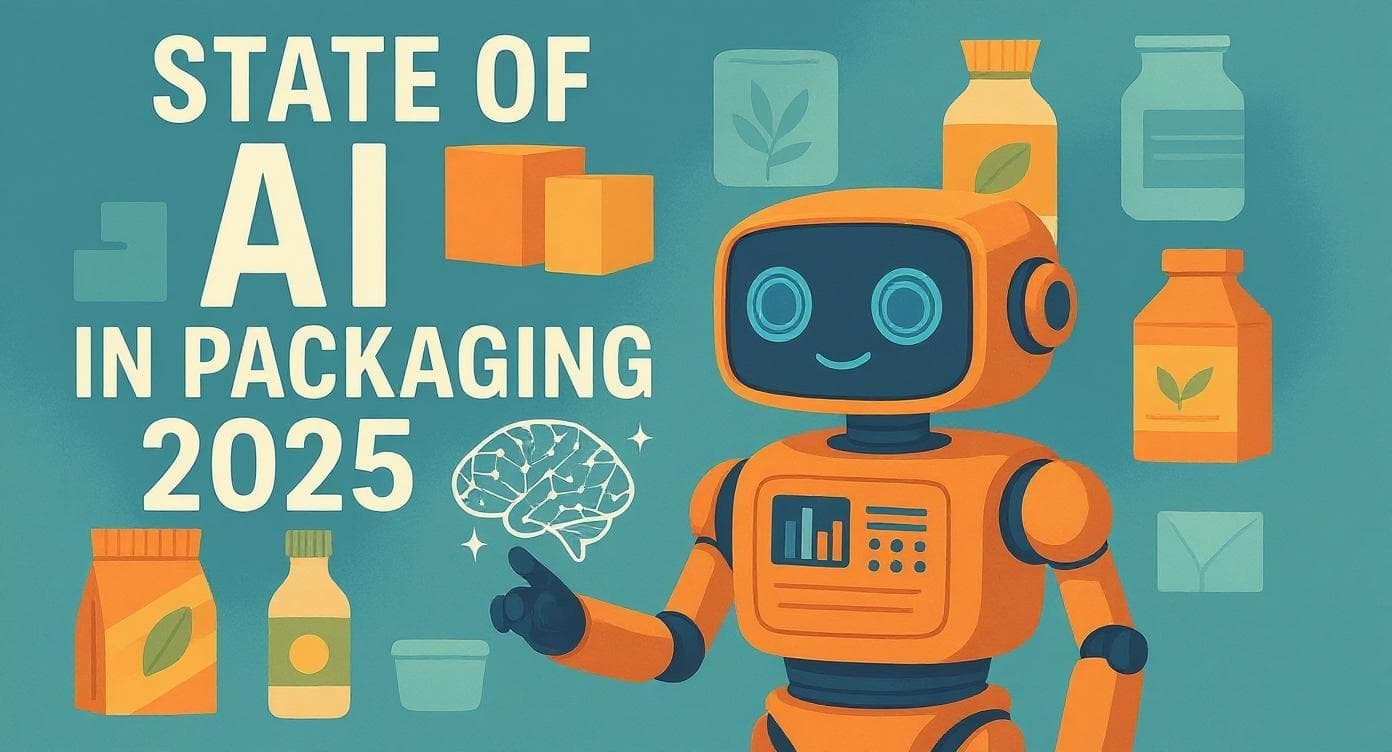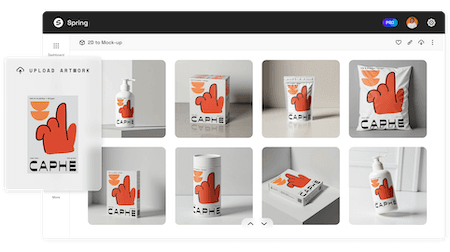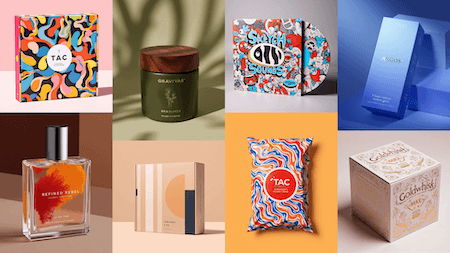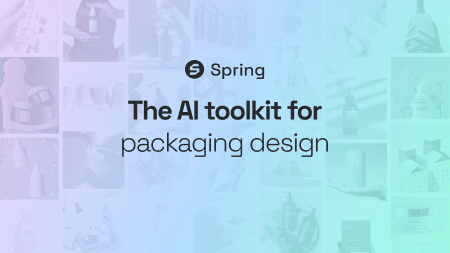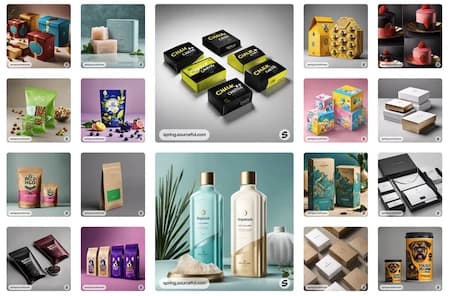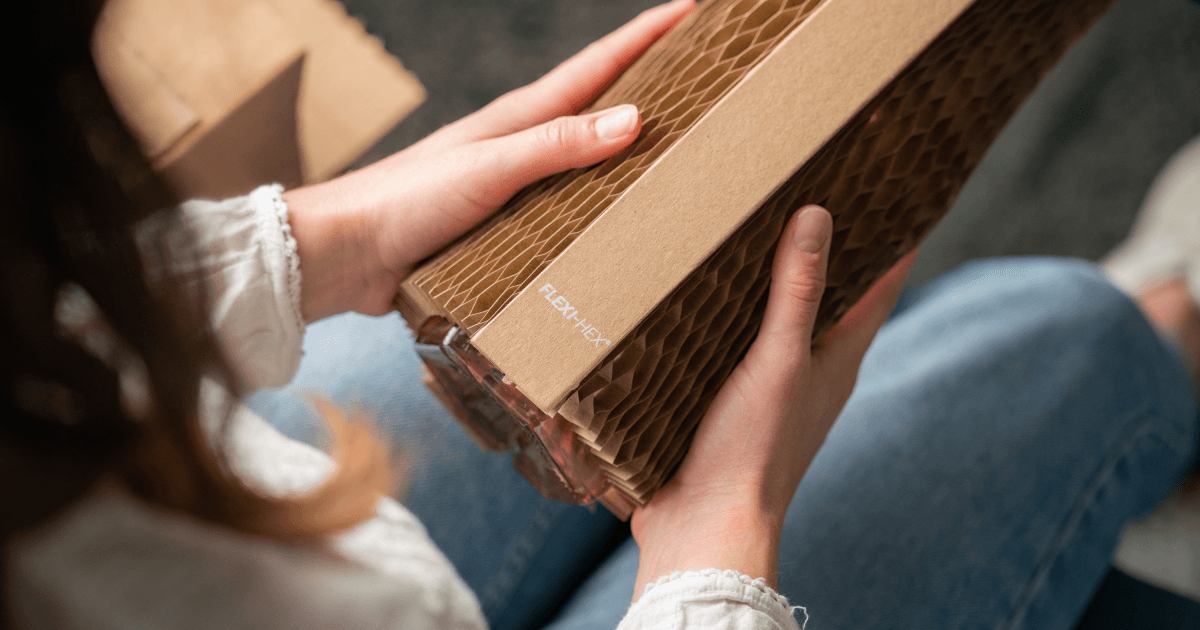Blog PostInvesting in Sustainability: The Long-Term Savings of Sustainable Packaging
- Sustainability
Clare AndertonMay 16, 2024 - 6 min read
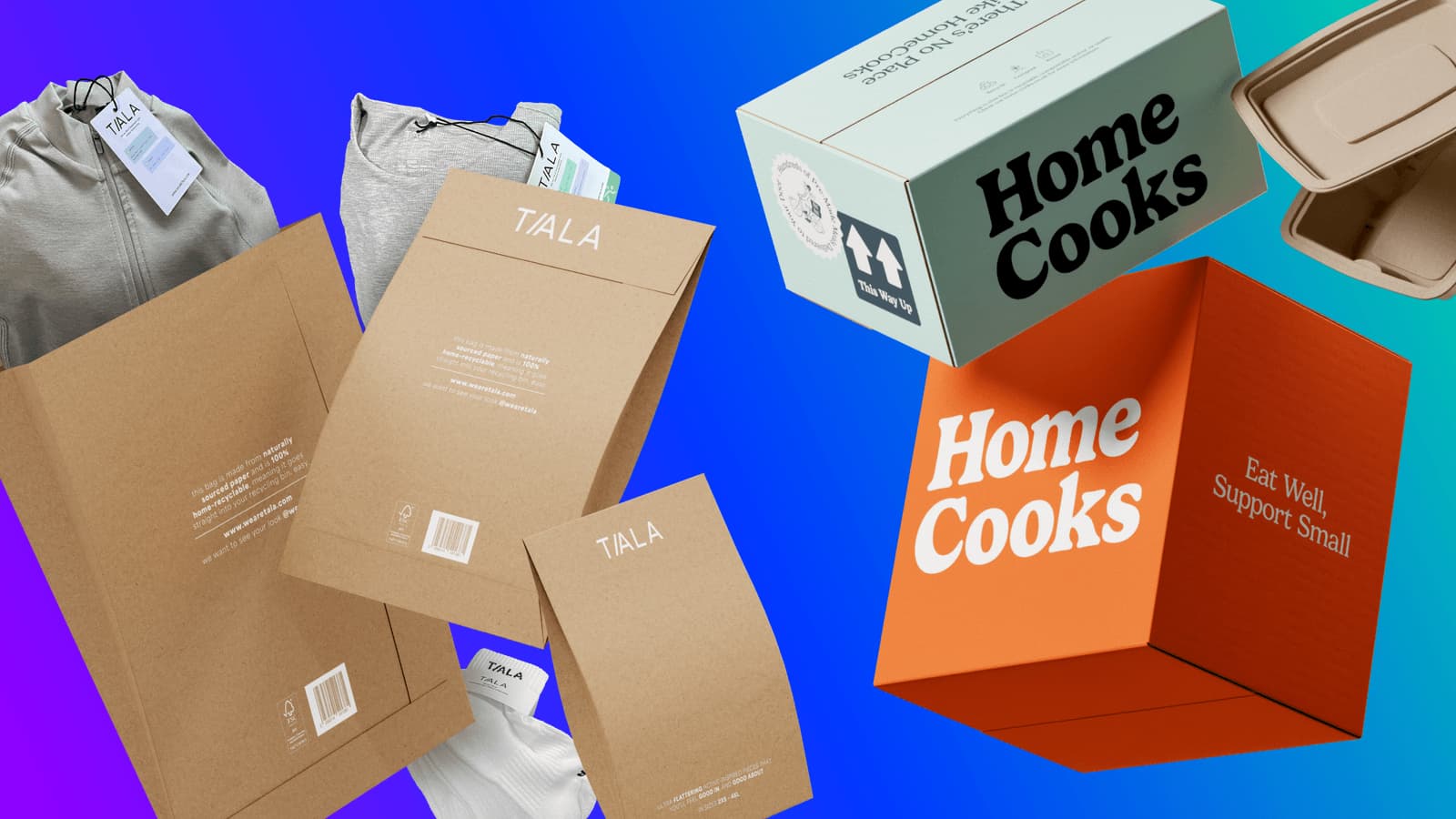
Why Invest in sustainable packaging?
Investing in sustainability does a lot more than just support the environment. These investments attract conscious consumers, unlock growth and positively impact the bottom line.
And the numbers speak for themselves: UK business spending on sustainability is predicted to increase by 13% between 2025 and 2030. What’s more, 64% of CEOs told Gartner they view sustainability as an opportunity for growth. In short, investing in sustainability is a smart financial move.
Sustainable packaging is one area in which we anticipate a lot of interest in the coming years. Consumers want to support brands committed to the environment, and eco-friendly packaging is a great way to showcase that.
But is sustainable packaging worth the hype? Here’s everything you need to know about long-term savings, from material and shipping costs to the impact on brand image and customer loyalty.
Do you want to make sustainable packaging part of your long-term business strategy? Connect with our team to learn more about how we can help you make the transition.
Reduced material costs
There’s a common misconception that sustainable materials are more expensive than their non-recyclable counterparts, but that’s not entirely true. Opting for recycled materials can reduce costs across your manufacturing processes.
Sustainable packaging comes from various materials that have a better impact on the planet. These include FSC-certified cardboard sourced responsibly from managed forests, recycled plastic, which reduces the demand for new plastic production, and biodegradable materials that break down naturally in the environment.
Results vary depending on the material, but manufacturing recycled packages generally requires less energy. For example, studies show that recycling cardboard uses 25% less energy than creating new cardboard. Removing the need for energy-intensive extraction processes linked to raw materials like virgin plastic can lessen the overall cost of making the materials in the first place.
The innovative designs of eco-friendly packages also tend to waste less space. Again, this reduces the amount of materials required and drives down costs in the long run.
For instance, sustainable toiletries brand Wild reduced its material use by 68% by transitioning to custom boxes for multi-pack purchases. This streamlined their packaging service and improved the customer experience, adding value down the line. Through user-generated unboxing videos and a carefully curated packaging experience, Wild reduced material waste, enhanced customer satisfaction, and ensured they stood out as a sustainability leader.
Lower shipping costs
According to McKinsey, brands can improve their bottom line growth by up to 10% simply by reducing the size of their products. This “skinny design" practice involves businesses reducing packaging size to optimise shipping, logistics, and shelf space. It’s also easily achievable with sustainable packaging.
There are two reasons for this: weight and space.
Sustainable packages are usually lightweight, prioritising simple designs that remove the need for excess materials. Light packages, especially in high volumes, cost less to transport, meaning you can reduce shipping costs by making a few simple tweaks to your packaging design.
Cutting unnecessary space also means more deliveries can be made in one batch. Given that last-mile deliveries can account for up to 50% of total delivery carbon emissions, there’s a big imperative for reducing the size of packages as it can dramatically improve environmental impacts.
Improved Brand Image and Customer Loyalty
A 2023 survey found that 71% of consumers actively purchased products based on the sustainability credentials of the packaging. The study, which examined the habits of 9,000 consumers across Europe and the Americas, also found that more than half of respondents were actively trying to reduce packaging waste in their daily lives.
One in four Brits have even switched brands based on sustainability factors.
It’s impossible to ignore the shifting consumer appetite: sustainability is a growing influence on purchase decisions. So, committing to sustainability can attract and retain environmentally conscious customers.
Packaging is an extension of your brand identity and can be used as a strategic marketing tool. Adding eco-friendly messaging to packaging or QR codes about sustainable material sourcing can equally boost brand loyalty and differentiate you from competitors.

Government Incentives
Authorities worldwide are also starting to focus on sustainability, which has led to new policies that incentivise sustainable packaging and penalise failure to adapt.
The UK Government’s ‘Smart Sustainable Plastic Packaging Challenge’ is a significant initiative that has invested £60 million in projects developing sustainable plastic packaging. This presents a unique opportunity for businesses to access funding and support for their sustainable packaging R&D—getting creative with your brand’s packaging can pay off.
There’s also the Plastic Packaging Tax (PPT) applied to businesses that use plastic packaging containing less than 30% recycled plastic. Brands that adopt circular economy practices and embrace sustainable packaging can avoid unnecessary penalties, such as those imposed by the UK government.
It’s not just the UK pushing for sustainable packaging, either. Government bodies are increasingly implementing Extended Producer Responsibility (EPR) policies around the world. EPR holds businesses accountable for waste linked to their products and incentivises the adoption of circular practices like refillable, recycling, and buyback schemes.
Future-Proofing Your Business
EPR is just one example of mounting regulation emerging in the business world. Several new policies are also being developed to curb unsustainable packaging practices.
In April 2024, the European Parliament laid out plans for the Packaging and Packaging Waste Regulation PPWR, set to be implemented later this year. This robust framework aims to unify EU sustainability guidelines and encourage businesses to improve their packaging strategies with the planet in mind.
The rules include guidance on materials, and propose bans on single-use plastic wrappers, mini bottles, and unnecessary plastic bags. This regulation signals a significant shift in the packaging landscape, with businesses needing to adapt packaging strategies to comply with these new guidelines.
Brands worldwide will face increased pressure to adopt eco-friendly packaging in the next few years. Switching to sustainable packaging ahead of time is a great way to future-proof your business. By exploring sustainable packaging alternatives early on, you can address implementation challenges and ensure your packaging aligns with upcoming regulations.
Conclusion
At Sourceful, the minimum unit cost for our recycled mailer packaging is £0.03. We think that’s a pretty small up-front investment compared to the long-term benefits it leads to.
Driven by the demands of sustainable customers and the pressure of government regulation, we’re seeing a massive shift in how businesses approach eco-friendly packaging. This momentum will continue to grow in the next few years as calls to go green become impossible to ignore.
Alongside a growing imperative, starting the transition to sustainable packaging has never been easier. From glassine bags to cardboard crash-lock boxes, there are so many sustainable packaging options to choose from. And the transition is more straightforward than it sounds (especially when you partner with a packaging expert like Sourceful).
It’s evident that investing in sustainable packaging offers a wealth of benefits. From streamlining your shipping and material costs to helping you connect with conscious customers, sustainable packaging solutions positively impact your business and the planet at the same time.
Are you ready to explore sustainable packaging options? Sourceful is a leader in bespoke, branded packaging that positively impacts the planet. Speak with our experts today_ to discover how we can help you transition._

